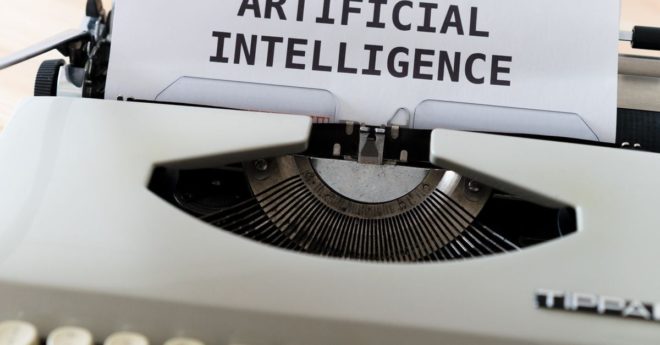And finally, at the top of the tech stack, we have user-interfacing applications that leverage Web3’s permissionless AI processing power (enabled by the previous two layers) to complete specific tasks for a variety of use-cases. This portion of the market is still nascent, and still relies on centralized infrastructure, but early examples include smart contract auditing, blockchain-specific chatbots, metaverse gaming, image generation, and trading and risk-management platforms. As the underlying infrastructure continues to advance, and ZKPs mature, next-gen AI applications will emerge with functionality that’s difficult to imagine today. It’s unclear if early entrants will be able to keep up or if new leaders will emerge in 2024 and beyond.
Opportunities and Challenges in the New Tech Landscape



